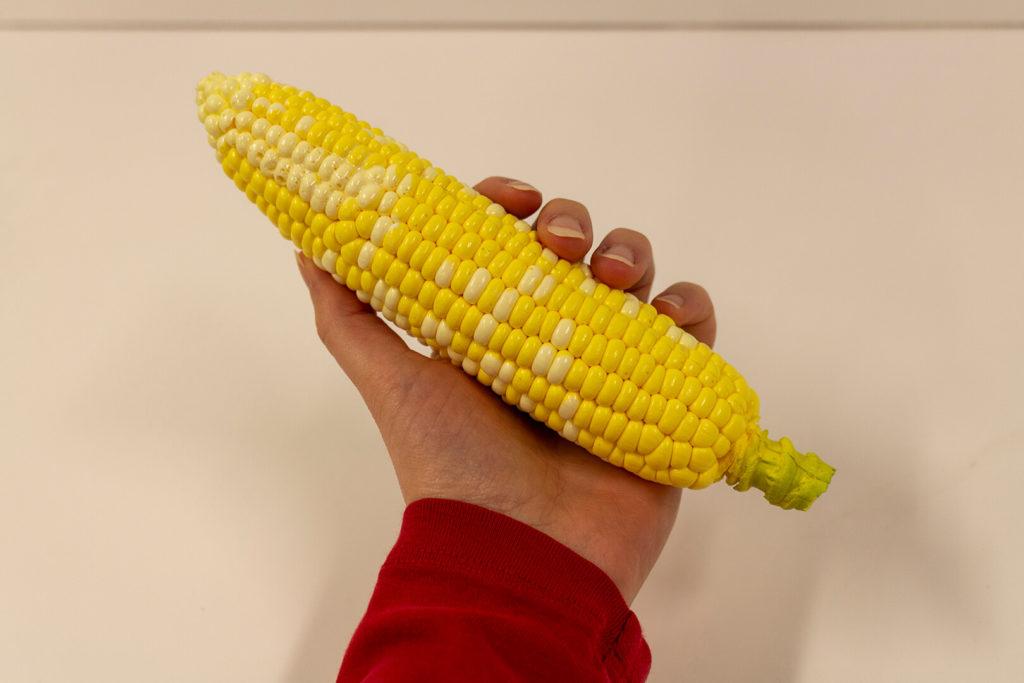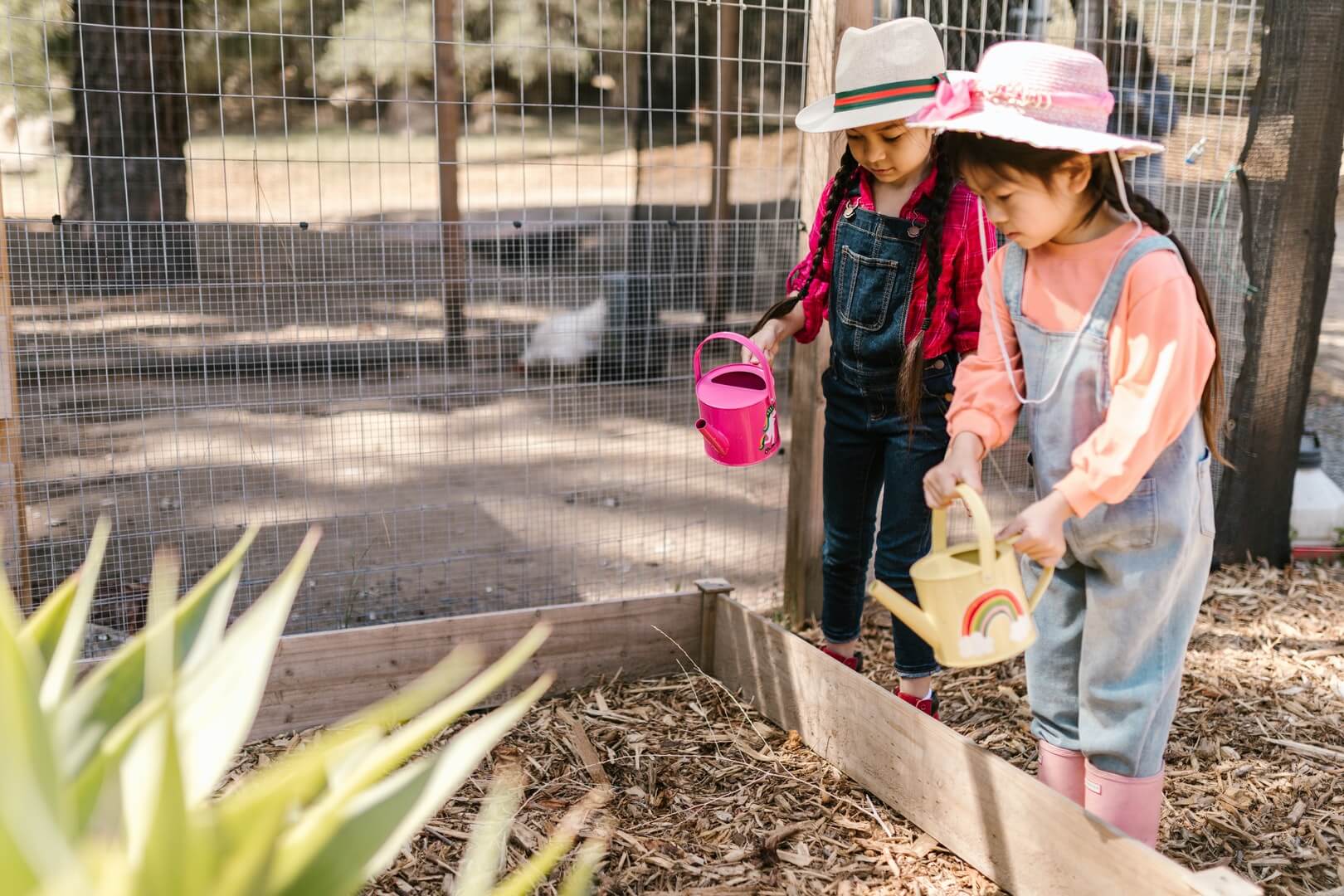
You wouldn’t think ag education programs in schools could be a possible problem for agricultural literacy. They’re the solution to the problem, right? Well, they certainly can improve agricultural literacy. But unfortunately, they also come with some complications.
What Do Schools Cover about Agriculture?
Consider what kinds of ag education happen in schools. On the one hand, we have ag-related classes run by the schools; on the other, we have supplemental ag education developed by checkoff programs and Ag in the Classroom.
Most checkoffs and AITC chapters write their materials with elementary students in mind. There’s good reason: farms and fairs make good field trips, and kids that age probably have some interest in farming.
The other common option for ag education in schools are vocational classes in high schools. These classes usually focus more on preparing students for careers in agriculture than on increasing agricultural literacy in general.
So what’s the problem? Well, states don’t require schools to teach elementary students about agriculture, so individual teachers decide whether they will or not. But the emphasis on high-stakes testing gives teachers incentive to focus entirely on required subjects instead. Because high-stakes tests don’t cover agricultural literacy, spending time on it means spending less time preparing students for the tests. Many teachers choose not to. Which means that even if you develop the best ag literacy curriculum in the world, you don’t know whether you can get the materials to students.
And while the high school classes help students who want to explore a career in agriculture, they don’t reach students who aren’t interested. Isolating agriculture education as its own class means that students who don’t take the class simply don’t get the exposure to agriculture that it offers.
How to Maximize Opportunities for Ag Education in Schools
People have made various proposals for adapting the system to emphasize agricultural literacy more. But what can you do right now, without a different system?
Firstly, try to find ways of engaging with classrooms that don’t require much effort from the teachers. Many checkoffs produce booklets of puzzles and coloring sheets with ag facts included — those are a great place to start. Creating plans for individual lessons are also a good step because with one-off lessons, the teacher doesn’t have to find time in the schedule regularly. Ag in the Classroom has some good examples, if you need ideas.

Alternatively, you could offer your services as teachers yourselves. In-class presentations take the responsibility off the teacher for a little bit and provide a novelty for the students. Many of our clients first contacted us for help with these sorts of programs.
Our friends at North Dakota Corn, for instance, often visit schools to explain the different kinds of corn. We made them some artificial corncobs (representing field corn, sweet corn, and popcorn) that they can pass around to show students how each variety is unique.
Overall, you probably shouldn’t rely on the schools as your only avenue for ag education. Of course you should work with them — your target audience of non-farming kids is right there. But school programs aren’t always an instant solution for spreading agricultural literacy.
You just want to make sure schools aren’t the only place where you try to promote ag literacy. As a poultry farmer could tell you, you should always keep your eggs in multiple baskets.
